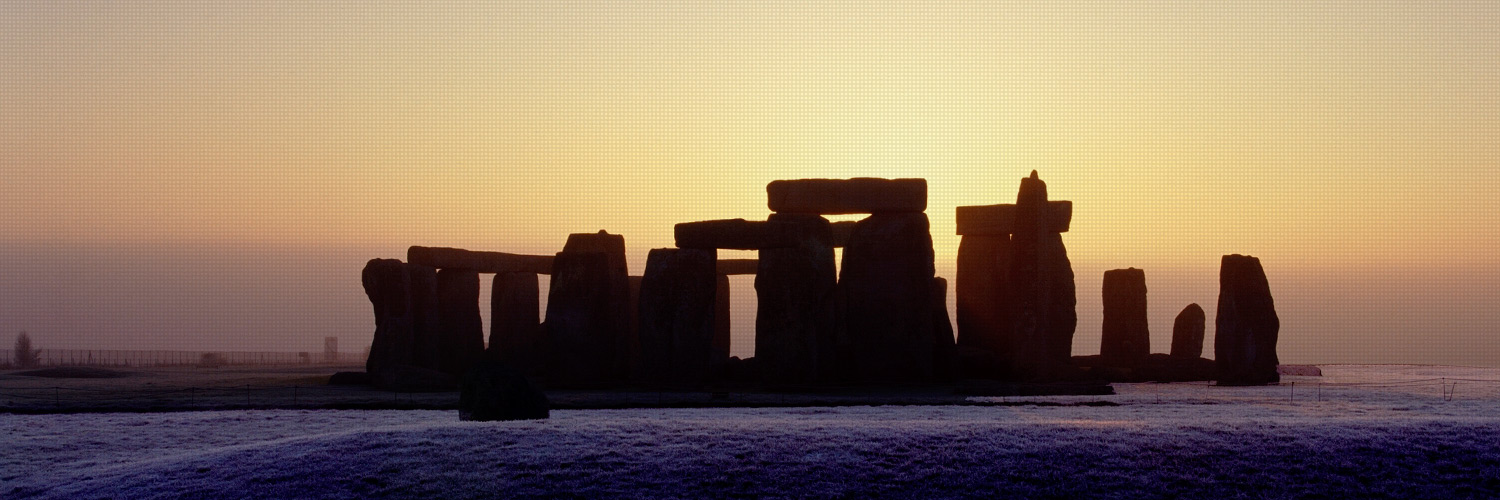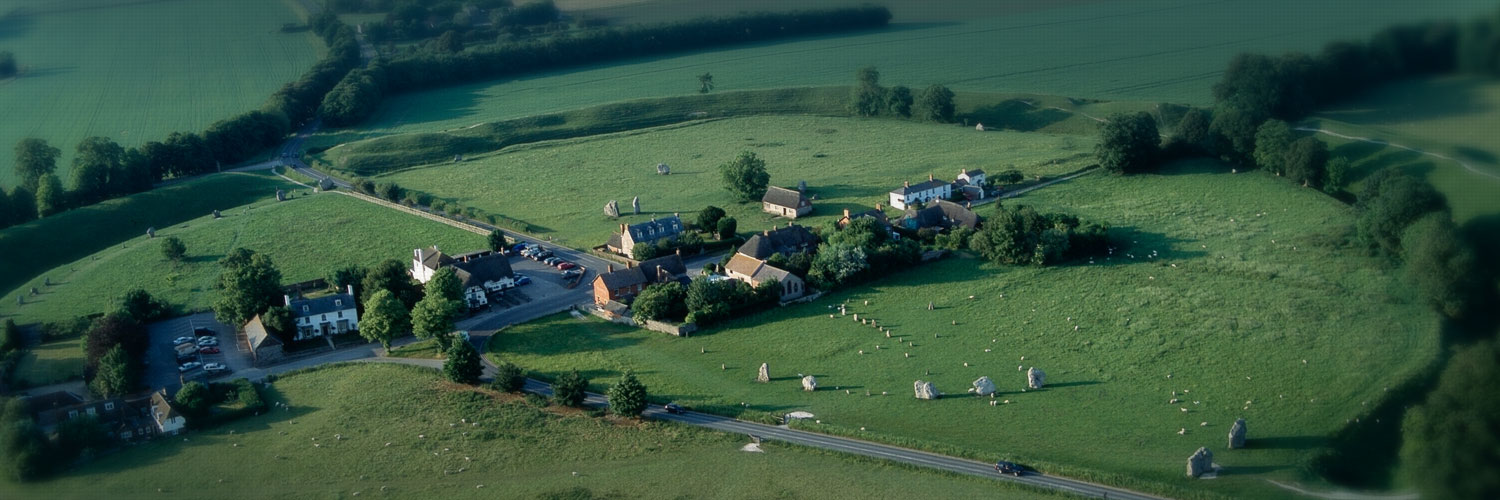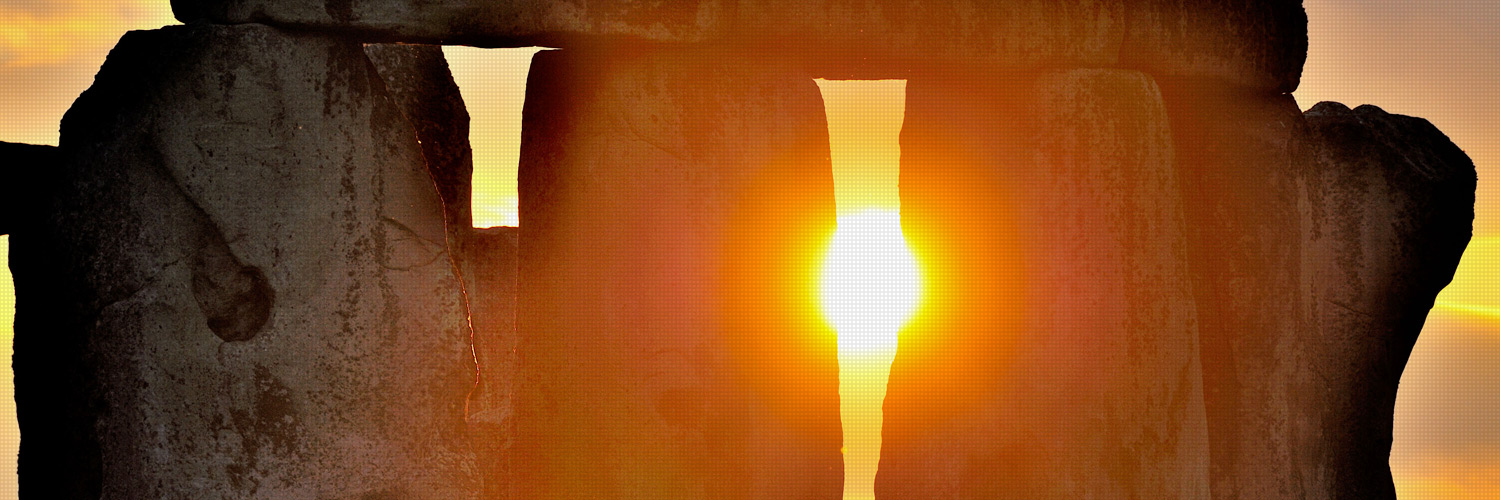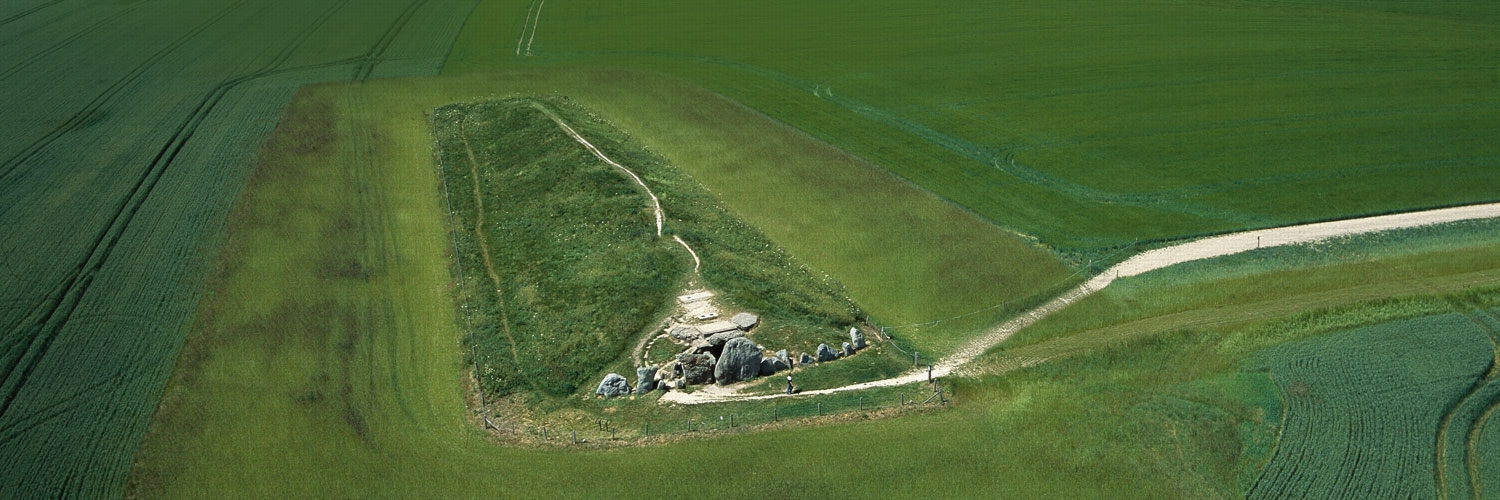The World Heritage Site
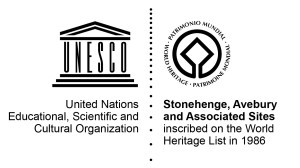
Stonehenge, Avebury and Associated Sites was inscribed on the World Heritage Site List in 1986. It was one of the first seven sites to be nominated by the UK. Stonehenge and Avebury were nominated for their outstanding prehistoric monuments from the Neolithic and Bronze Age. They include Stonehenge (3000 – 1600BC), the most famous and sophisticated stone circle in the world, the immense henge and stone circle at Avebury and over 700 other monuments spanning around 2,000 years of history.
The Stonehenge and Avebury World Heritage Site is looked after and managed through a partnership of national organisations, the local authority, amenity groups, landowners, farmers and residents of the World Heritage Site. More information can be found on this website in the Key Documents section and also on the Stonehenge and Avebury page of the UNESCO website.
More about the partnership can be found on the Our Partners page and in the Management of the WHS section of this website.
What are World Heritage Sites?
World Heritage Sites are cultural and natural sites of international importance described by UNESCO as being of Outstanding Universal Value. They represent the common heritage of the international community. On signing the World Heritage Convention, governments pledge to protect and present their Sites for this and future generations.
UNESCO grants the prestigious World Heritage Site status to sites that meet its strict international criteria. Today there are over 1,000 World Heritage Sites including the Pyramids, Machu Picchu, the Great Wall of China and the Amazon River Basin.
The UNESCO website provides more information on World Heritage Sites across the globe.

